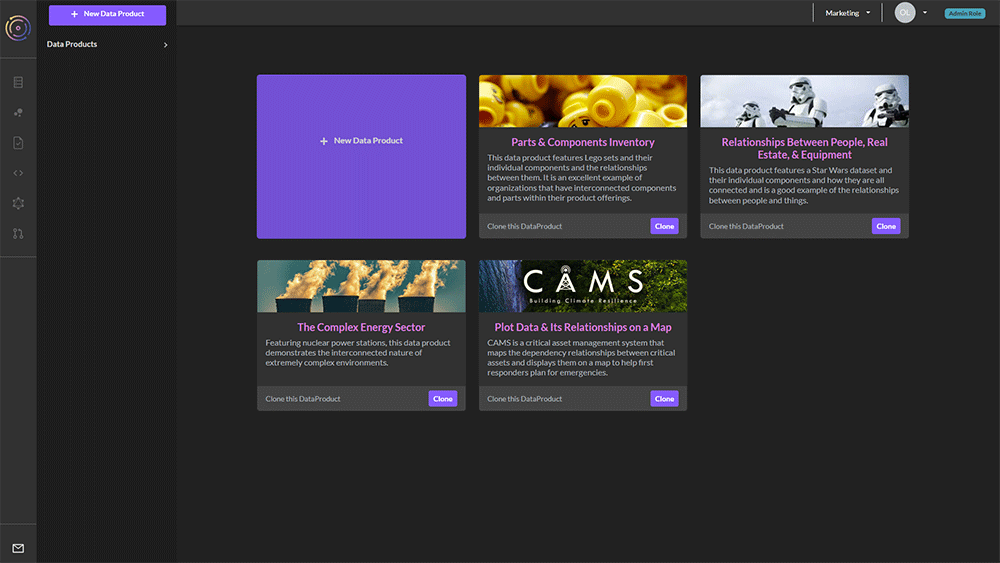TerminusCMS
TerminusCMS at a Glance
TerminusCMS is a headless content management system. Under the hood is a JSON document-oriented knowledge graph made for developers to solve complex enterprise problems. Model schema in code or with the UI to blueprint applications. The schema auto-generates document frames for viewing and editing, all served via REST and GraphQL APIs. Key features include -
- Human and machine-readable JSON documents
- RDF graph database where the nodes are JSON for graph queries
- Change request workflows at the database layer
- User and team access and authentication at the database layer
- Git-like collaboration allows operations such as branch, clone, and merge
- Immutable commit history - See the complete history of documents and see who changed what and when
- Datalog and GraphQL graph query
- Distributed design - Work locally and push and pull changes to the cloud
- Schema migration tools - Evolve and scale applications
- AI best practice - Graph relationships, metadata, and version control provide the backbone to use your content infrastructure to train AI and exploit the boom of artificial intelligence.
- Open Source
Get Started
Sign up for free, and clone a demo project to have a play.

Alternatively, talk through your needs and arrange a demo
Collaboration Model
Exploit TerminusCMS' collaboration model when building and within front-end applications. Features include -
- Branch and merge with conflict checks - Branch projects with a client or with the dashboard to work in parallel, whether that's for feature development or to surface information to regulators, or for beta testing
- Time travel - See what content and data looked like in the past with the ability to branch the database from any commit
- Change request workflows with approvals built into content changes
- Clone projects with a click of a button
- Reset, rollback, and rebase operations
- Diff and patch operations to compare changes and apply patches either automatically or with manual intervention
- Push and pull to work locally or offline and merge changes later